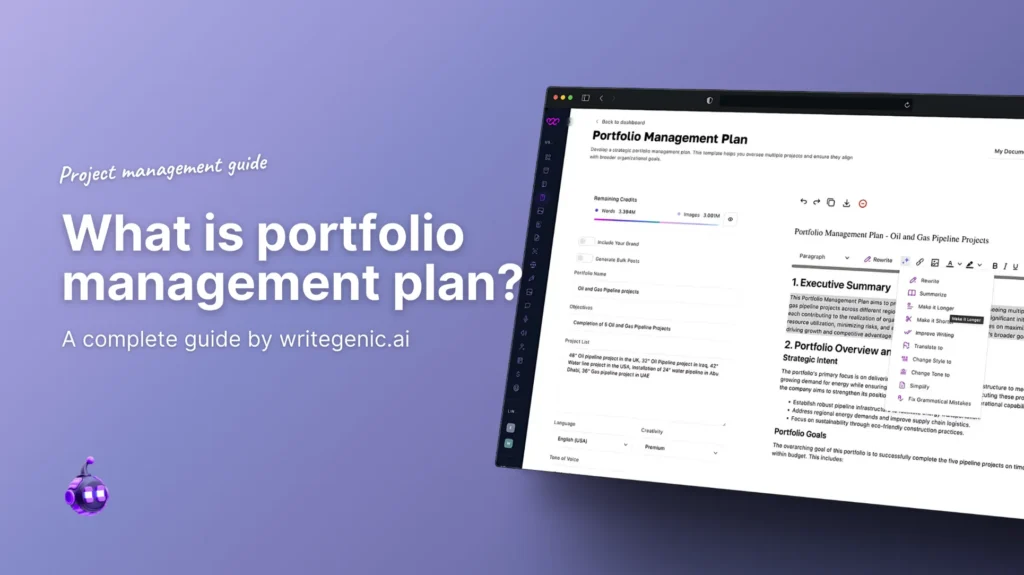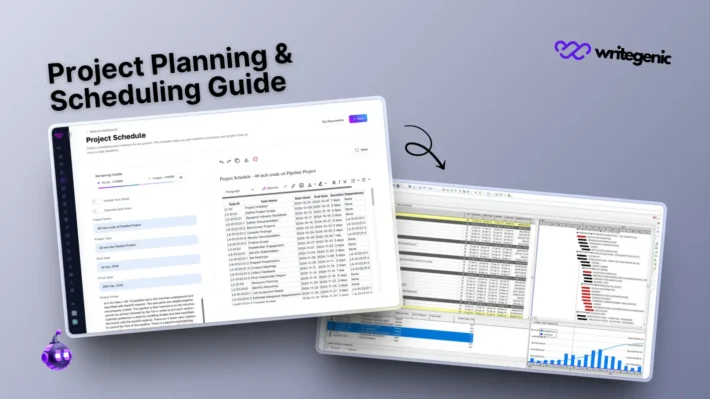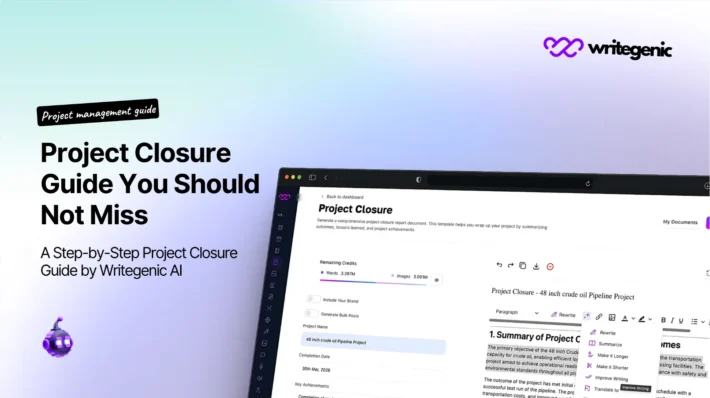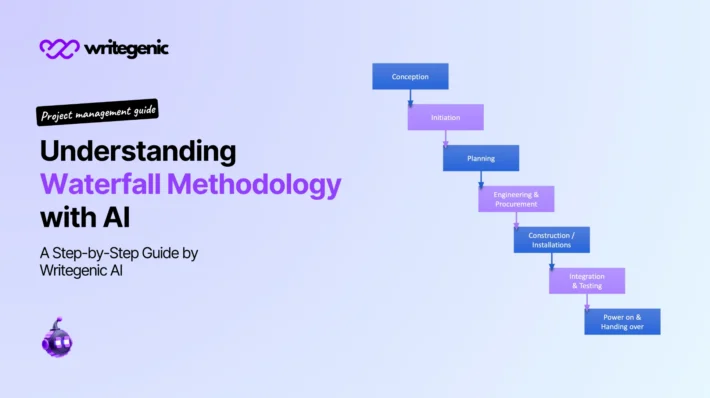What is Portfolio Management Plan: All You Need to Know

Portfolio Management Plan is essential in a modern environment of business where enterprises implement a number of complex projects at the same time and require more than simply managing tasks to achieve success. It is about strategic orientation and alignment. Here, a properly designed PMP is extremely important, as it helps an organization to focus its efforts on the most important projects or initiatives, and manage its resources accordingly to maximize benefits in the long-term perspective.
Effective portfolio management plan assists organizations in the selection of the appropriate projects, efficient utilization of resources, and the alignment of projects with their long-term objectives. In this article, we shall deactivate what a PMP is, its direction in project management, the procedure, reporting methods, and the general benefits of portfolio management.
Table of Contents
What is a Portfolio Management Plan?
A Portfolio Management Plan is a plan or document that describes how an organization will manage, monitor, and evaluate their set of projects and programs, collectively termed a project portfolio.
Contrary to the management of individual projects, portfolio management is strategic and it is designed to meet business objectives, maximize investment of returns, risk vs. reward balance.
Key Elements Include:
- Strategic alignment of projects and programs
- Project selection criteria
- Resource allocation policies
- Risk and performance monitoring procedures
- Governance and decision-making structure
It should be regarded as the dashboard that the CEO uses in order to make informed investment decisions within the whole project ecosystem.
Project Management vs. Portfolio Management
Both portfolio management and project management aim at the same objective of the successful implementation of the project, but they work on different levels.
| Aspect | Project Management | Portfolio Management |
| Objective | Deliver specific outcomes | Maximize strategic value across all projects |
| Focus | Scope, timeline, budget | Strategic alignment, value, risk |
| Role | Project Manager | Portfolio Manager / PMO |
| Scope | Individual project | Multiple programs and projects |
The difference between project management and portfolio management is important so that businesses draw adequate leadership roles and reporting relationships.
The Project Portfolio Management Process
Project portfolio management process allows the leaders to evaluate and control projects on a macro scale. It is associated with the role of choosing an appropriate combination of projects, ensuring proper allocation of resources, and reviewing the measures of performance.

1. Identify Projects and Programs
- Pick up all possible current projects and proposed ones.
- Make sure that initiatives are captured and grouped by either a functional area or a department or a strategic objective.
2. Evaluate and Prioritize
- Use criteria to decide about ROI, cost, risk level and strategic alignment.
- Prioritize your project according to the impact and feasibility.
3. Allocate Resources
- Share financial, human and technical resources according to the project priority and availability.
- Pay attention to dependencies and limitations of resources.
4. Balance the Portfolio
- Make sure there is a good balance between short term victories and long term investments.
- Adjust to high-risk/high-reward/low-risk/low-return projects.
5. Monitor, Control, and Adjust
- Measure progress using KPIs and dashboards.
- Review the portfolio on a regular basis and change it as needed relative to the market changes or strategy changes.
This is a disciplined process that keeps your portfolio agile, competitive, and strategically aligned.
Portfolio Management in Project Management
The portfolio management in a project management is crucial in mediating between execution and strategy.
Portfolio management considers how each of the projects aligns to the strategic roadmap of the business as opposed to considering each project in isolation. It prevents project teams that are merely providing outputs rather than delivering the appropriate outputs.
Key Activities:
- Making the project selection in line with business objectives
- Less doubling and work of less value
- Assuring coordination between the projects
- Recognizing the opportunity and capacity management in the organization
It also enables the executives and other stakeholders to make improved decisions that are faster and can be seen through the entire portfolio.
Project Portfolio Reporting
Project portfolio reporting is an important tool in monitoring workflow, performance measurement and strategic alignment of all projects. It provides stakeholders with visibility of resource utilization and achievement of business objectives.
Key Metrics to Track
Key performance indicators in portfolio reporting are consuming and allocation budget, project delivery, risk levels in the portfolio, resource utilization, and value delivered by portfolio in terms of ROI or key performance indicators. These indicators share a gauze about the general state of the portfolio.
Tools for Reporting
Data visualization tools such as Power BI and Tableau are popular ways to visualize data. Solutions like Jira Portfolio, Microsoft Project and Monday.com have built-in reporting capabilities. Gantt charts and real-time dashboards simplify the tracking of performance and the refocusing of plans in real-time.
Why It’s Valuable
Leaders are able to detect issues early and make informed decisions with good reporting in place; once the decision is made the leaders can make a realignment of resources accordingly. Such openness guarantees improved performance and increased compatibility with strategic objectives.
Benefits of Portfolio Management
The benefits of implementing a Portfolio Management Plan are numerous in terms of both strategic, operational and financial benefits:
1. Strategic Alignment
Make sure that each effort goes toward long-term goals and vision.
2. Resource Optimization
The budgets, time and employees should be assigned to those projects that are most valuable and be viable.
3. Risk Reduction
Assess risk of a project on a portfolio basis so that it is not exposed.
4. Data-Driven Decision Making
Drive decision making by the executive using clear measures and reporting.
5. Improved Project Outcomes
The successful rate increases by the handling of interdependencies, the resolution of bottlenecks, reorganization of resources within organizations overall.
6. Faster Time to Market
Prioritize on the most important projects and wasting less time and energy.
The benefits of portfolio management are not simply operational, but strategic as well the organizations develop a competitive advantage.
Conclusion
Portfolio Management Plan is an essential tool in any organization that runs in a number of projects with the aim of achieving strategic success in the long term. It offers the framework to assess, prioritize, and control top-level efforts so that every resource, as well as decision, delivers significant results.
Be it the PMO leader, executive or project manager, incorporating a robust PMP in your work process will enhance visibility, increase ROI and align your endeavors with company objectives.
Frequently Asked Questions
Why is a Portfolio Management Plan important in project management?
Portfolio Management Plan in project management is intended to facilitate prioritization and alignment of projects to the strategic goals. It is more efficient in deployment of resources, less risky and a better decision-making indicator at the executive level.
What is the project portfolio management process?
Project portfolio management process is based on the selection, examination, engagement, and conclusion of a set of activities to finagle useful objectives. It comprises resource planning, performance monitoring, periodical reviews of the portfolio.
Can small businesses benefit from a Portfolio Management Plan?
Of course, a well-designed Portfolio Management Plan can pay off even for small businesses. It assists in the prioritization of scarce resources, preventive work duplication, and the guarantee of every project, which should lead to the development of business.
What are the key components of a Portfolio Management Plan?
The major components of a Portfolio Management Plan are an effective description of project selection, prioritization and monitoring as well as evaluation. It also determines the way on how resources are going to be distributed and the way of determining how performance is going to be monitored. In combination, these elements can assist organizations in ensuring that they have a hold over the complex portfolio of projects, and are able to modify the priorities accordingly.


